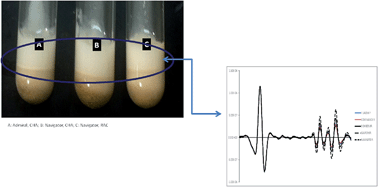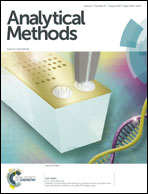Study of the role of sugar fatty esters in explaining differences in the malt composition of barley analysed using vibrational spectroscopy and chemometrics
Abstract
Extensive research has been conducted for understanding starch structure and composition in relation to grain composition and quality. However, less effort has been dedicated to studying the main role of other non-structural carbohydrates and their interactions with other molecules such as glycolipids and lipopolysaccharides. The formation of complexes between amylose and lipids has also been highlighted, indicating that these complexes can modulate the different biochemical, chemical and physical properties of different cereal grains. Recent studies also suggested that other sugars (e.g., sucrose) can be associated with lipids in the form of lipopolysaccharides, glycol-glycerolipids or sugar esters having an important role in food properties (e.g. gelatinization of starch, formation of emulsions). The aim of this study was to investigate the presence of sugar fatty esters in barley malt using mid-infrared (MIR) spectroscopy. The results from this study indicated the existence of correlations between the area in the MIR related to esters (1800–1600 cm−1) and malt extract, showing statistically significant (p < 0.05) correlations (R2 = 0.36) in barley varieties that yield high malt extract (>83%). The results of this study also indicated that sugar fatty esters or esters might play a role in explaining differences in malt composition between different barley varieties.


 Please wait while we load your content...
Please wait while we load your content...